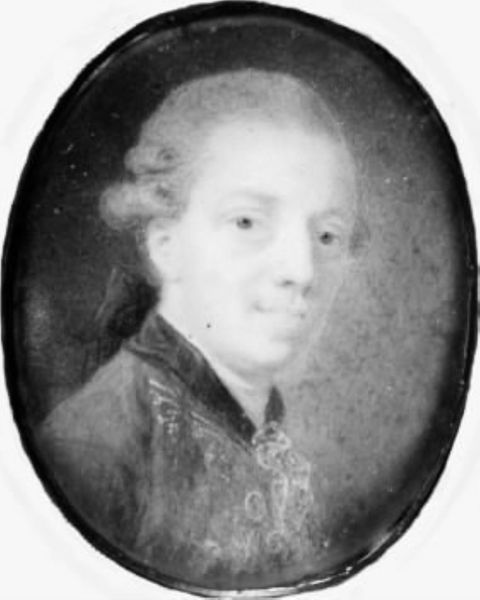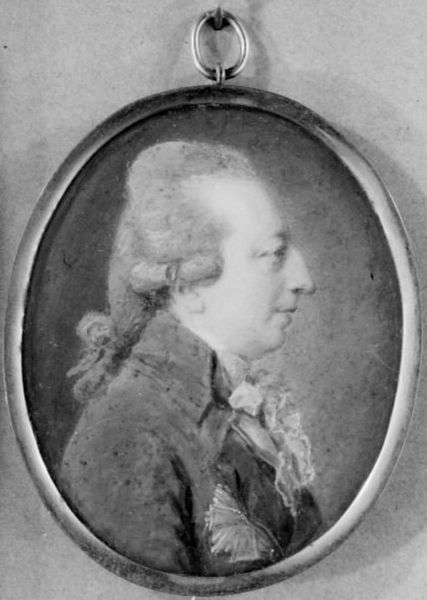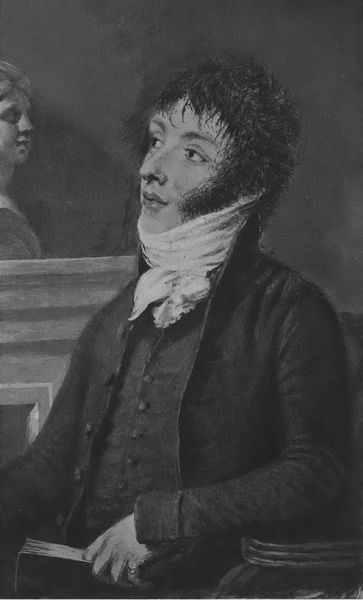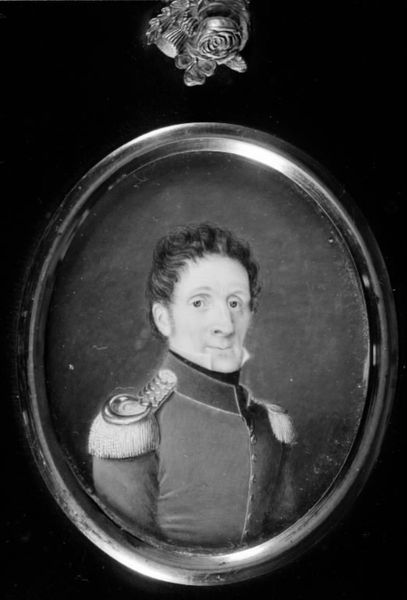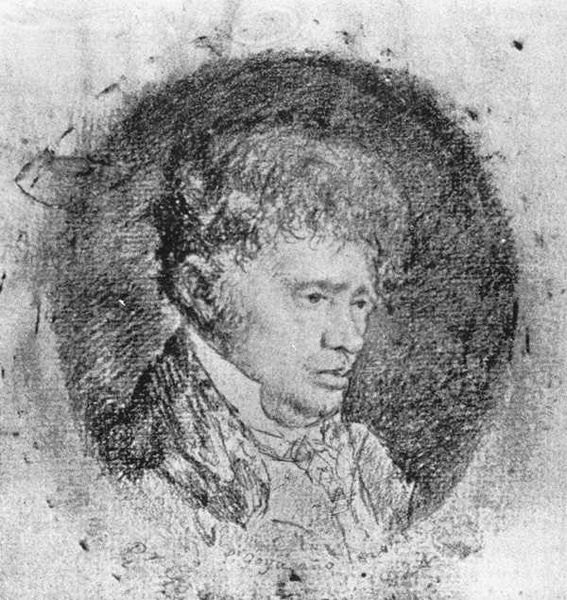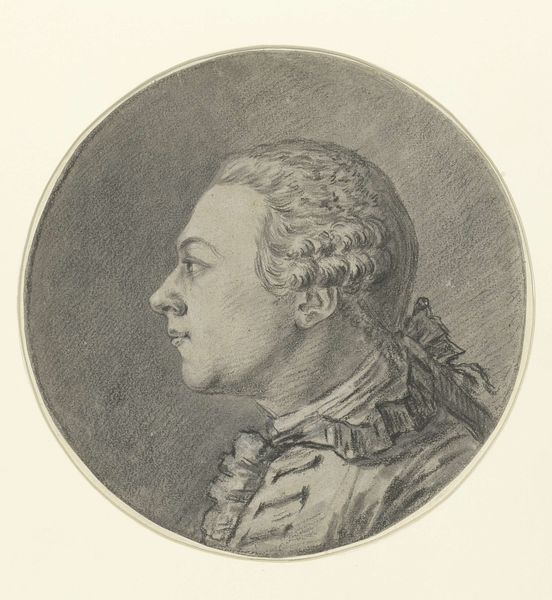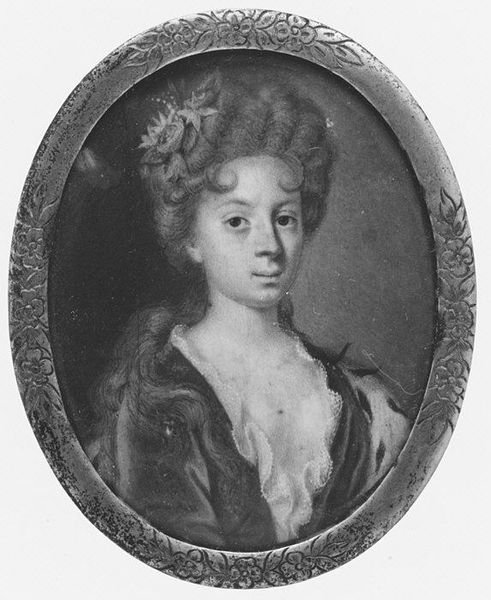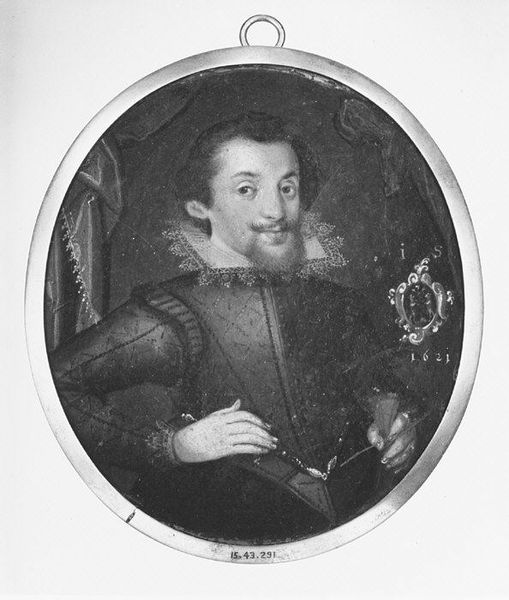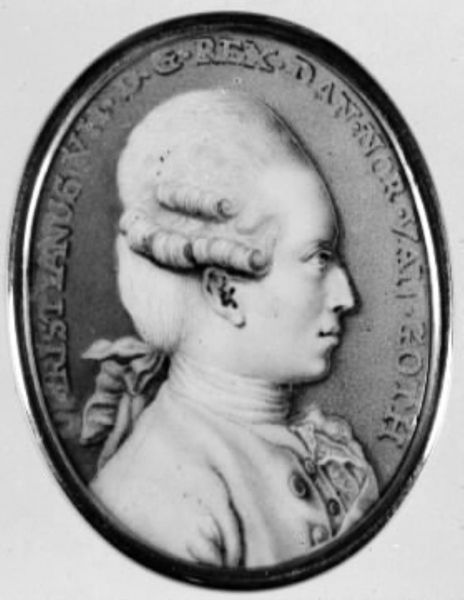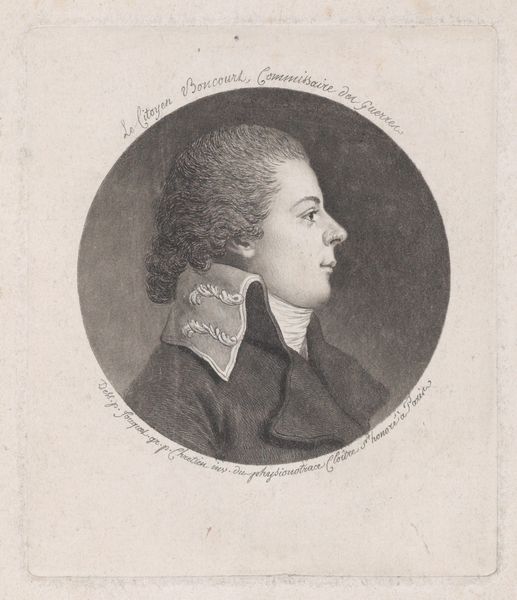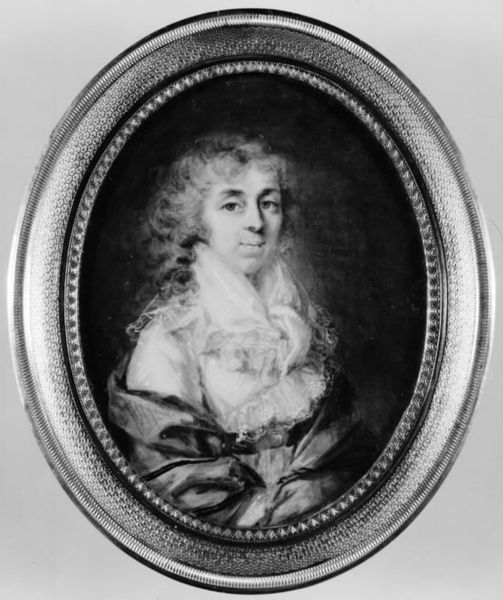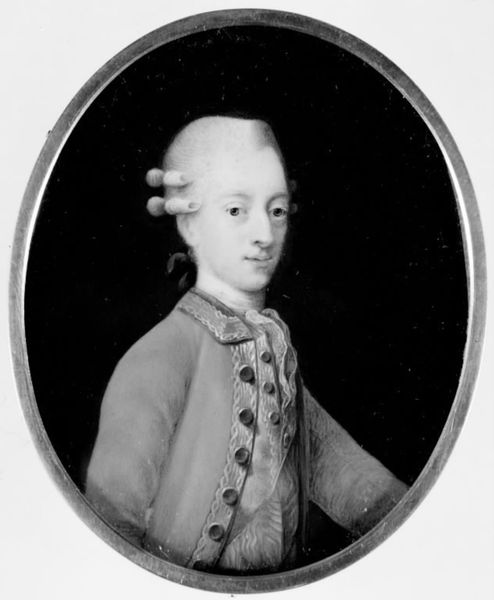
painting
#
portrait
#
neoclacissism
#
self-portrait
#
portrait image
#
portrait
#
painting
#
black and white
#
history-painting
#
academic-art
Dimensions: 6.7 cm (height) x 5.4 cm (width) (Netto)
Editor: This is "Portrait of a Man with a Lace Collar" by Cornelius Høyer, created sometime between 1756 and 1804. It seems to capture a quiet sense of introspection. What do you see in this piece? Curator: It’s a striking portrait that embodies the shifting social and political landscape of the late 18th century. I notice a departure from the opulent aristocratic displays prevalent earlier. The man's attire, though refined with its lace collar, avoids excessive embellishment. What does this simplicity suggest to you in the context of, say, the burgeoning Enlightenment ideals and democratic movements? Editor: Well, the simpler attire could symbolize a move away from the rigid class structures and the embrace of more egalitarian values. Curator: Precisely! Consider the role of the artist, Høyer, within this context. Was he simply a recorder of likeness, or was he an active participant in shaping perceptions of identity and social status? Editor: I guess he was participating in the construction of an enlightened, more “rational” identity? Curator: Exactly! And how does the use of a monochrome palette affect our interpretation? Is it a deliberate choice to downplay extravagance, or perhaps something else entirely? Editor: Maybe it’s to create a timeless or universal quality, beyond fleeting trends and fashions? Curator: Excellent point. And that lace collar – what does lace signify, historically? Luxury? Craft? Consider its gendered associations too. Does its presence complicate or reinforce our understanding of this man's identity? Editor: I hadn’t thought about it that way. It adds a layer of complexity, definitely blurring the lines of masculinity as we might expect them to be portrayed at the time. I see so much more here now than I did at first! Curator: Indeed. It is a good exercise in recognizing how art is deeply connected to social, gendered and political issues of its time.
Comments
No comments
Be the first to comment and join the conversation on the ultimate creative platform.
